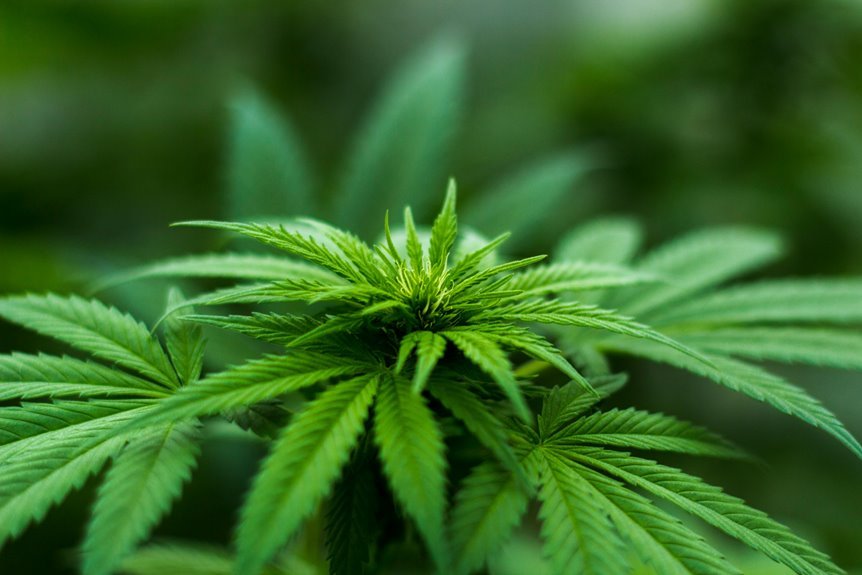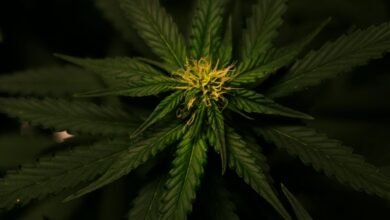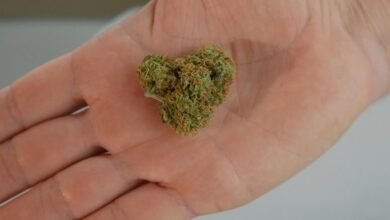What Is the Difference Between Medical Marijuanas and Cbd

The distinction between medical marijuana and CBD is rooted in their chemical properties and intended uses. Medical marijuana, with its higher THC content, is often prescribed for serious medical issues, offering potent symptom relief. Conversely, CBD is non-psychoactive and commonly used for minor health concerns. Understanding these differences is crucial, especially as legal frameworks continue to evolve. What implications do these variations have for patients seeking relief?
Understanding Medical Marijuana
Although medical marijuana is often conflated with recreational cannabis, it serves distinct purposes primarily focused on therapeutic benefits.
Its therapeutic uses include pain management, alleviation of anxiety, and reduction of inflammation.
Patient experiences vary, with many reporting improved quality of life and symptom relief.
Exploring CBD and Its Benefits
CBD, or cannabidiol, is a compound derived from the cannabis plant that has gained popularity for its potential therapeutic benefits without the psychoactive effects associated with THC, the primary psychoactive component in medical marijuana.
CBD benefits include alleviating anxiety, reducing inflammation, and improving sleep quality.
Its applications range from oils and edibles to topical creams, making it accessible for various health needs.
Key Differences Between Medical Marijuana and CBD
While both medical marijuana and CBD originate from the cannabis plant, they differ significantly in composition, effects, and legal status.
Medical marijuana contains higher levels of THC, leading to psychoactive effects, while CBD is non-psychoactive.
Both offer therapeutic applications, but their usage varies; medical marijuana is often prescribed for severe conditions, whereas CBD is commonly utilized for general wellness and minor ailments.
Legal Status and Regulations
As the legal landscape surrounding cannabis continues to evolve, the regulations governing medical marijuana and CBD vary significantly across jurisdictions.
The legal implications for users depend heavily on state regulations, with some states fully legalizing medical marijuana while others only permit CBD with low THC content.
Understanding these differences is crucial for individuals seeking to navigate the complexities of cannabis law effectively.
Conclusion
In summary, while both medical marijuana and CBD offer therapeutic benefits, their distinct chemical compositions and effects lead to varied applications and legal considerations. As the saying goes, "different strokes for different folks." Patients must weigh their specific needs, symptoms, and legal circumstances when choosing between these options. Understanding the nuances of each can empower individuals to make informed decisions about their health and wellness.





